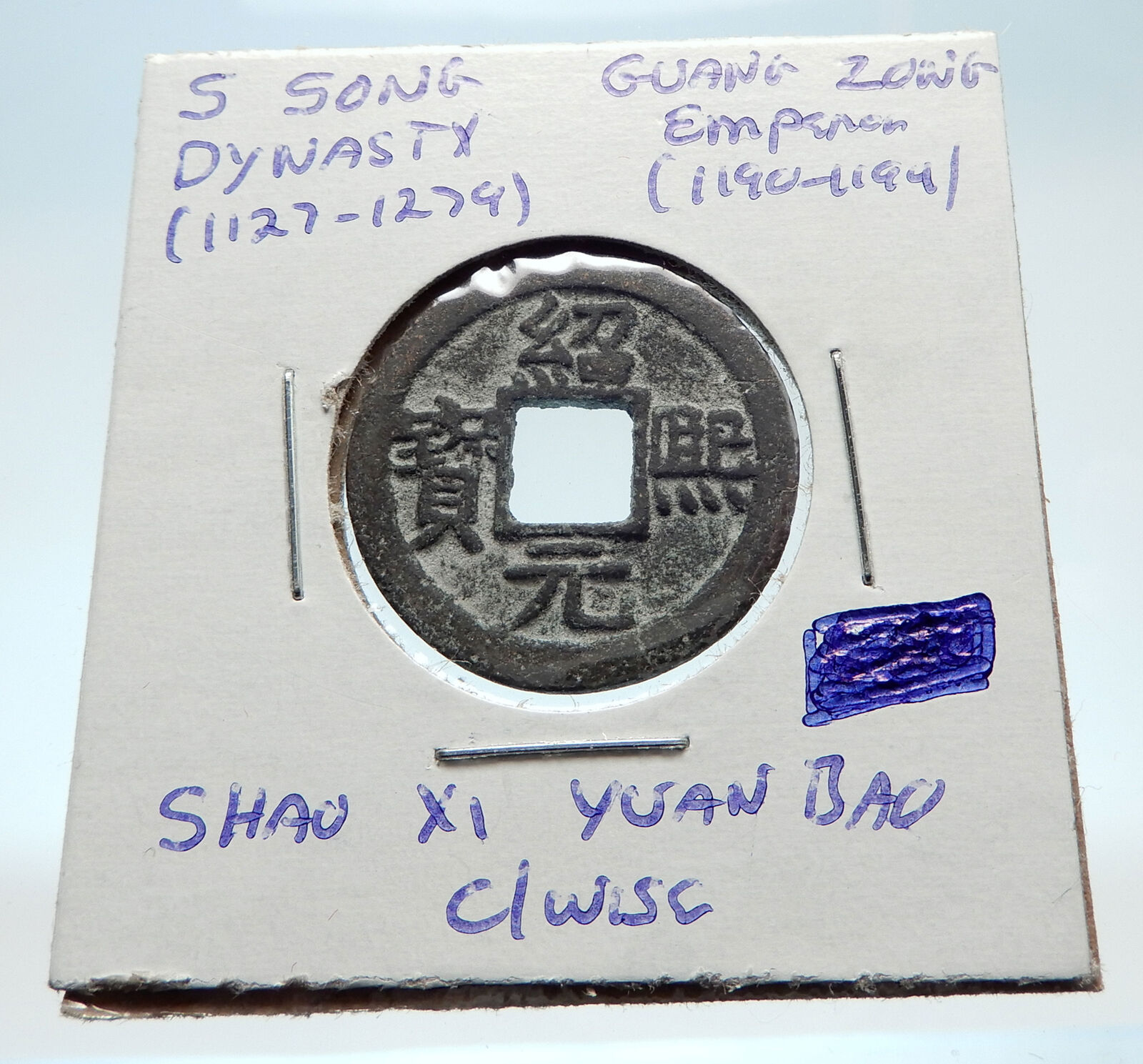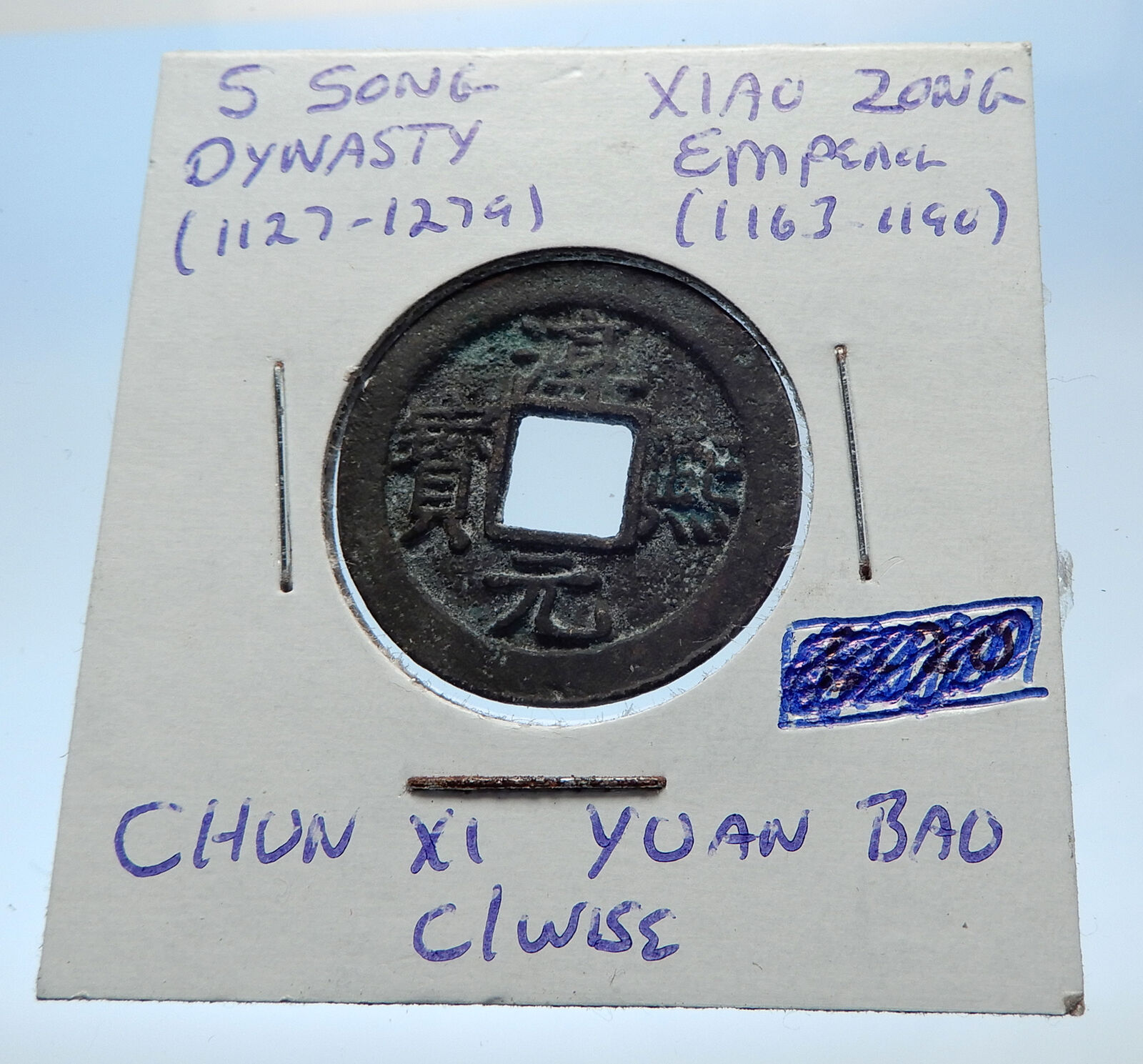|
Frequently Asked
|
|
|
Who am I dealing with?
You are dealing with Ilya Zlobin, ancient coin expert, enthusiast, author and dealer with an online store having a selection of over 15,000 items with great positive feedback from verified buyers and over 10 years experience dealing with over 57,000 ancient and world coins and artifacts. Ilya Zlobin is an independent individual who has a passion for coin collecting, research and understanding the importance of the historical context and significance all coins and objects represent. Most others are only concerned with selling you, Ilya Zlobin is most interested in educating you on the subject, and providing the largest selection, most professional presentation and service for the best long-term value for collectors worldwide creating returning patrons sharing in the passion of ancient and world coin collecting for a lifetime.
How long until my order is shipped?
Orders are shipped by the next business day (after receipt of payment) most of the time.
How will I know when the order was shipped?
After your order has shipped, you will be left positive feedback, and that date could be used as a basis of estimating an arrival date. Any tracking number would be found under your ‘Purchase history’ tab.
USPS First Class mail takes about 3-5 business days to arrive in the U.S. International shipping times cannot be estimated as they vary from country to country.
Standard international mail to many countries does not include a tracking number, and can also be slow sometimes. For a tracking number and signature confirmation, you may want to do Express Mail International Shipping, which costs more, however, is the fastest and most secure. Additionally you may be able to receive your order in as little as 3-5 business days using this method. For Express Mail International, it may be possible to place up to 10-15 items in one package (for the one shipping cost) as it is flat rate envelope, which may be the most cost-effective, secure and fastest way to receive items internationally. Send me a message about this and I can update your invoice should you want this method.
Getting your order to you, quickly and securely is a top priority and is taken seriously here. Great care is taken in packaging and mailing every item securely and quickly.
Please be aware, I cannot take responsibility for any postal service delivery delays, especially for international packages as it may happen in rare instances.
What is a certificate of authenticity and what guarantees do you give that the item is authentic?
Each of the items sold here, is provided with a Certificate of Authenticity, and a Lifetime Guarantee of Authenticity, issued by a world-renowned numismatic and antique expert that has identified over 57,000 ancient coins and has provided them with the same guarantee. You will be very happy with what you get with the COA; a professional presentation of the coin, with all of the relevant information and a picture of the coin you saw in the listing. Additionally, the coin is inside it’s own protective coin flip (holder), with a 2×2 inch description of the coin matching the individual number on the COA.
On the free-market such a presentation alone, can be considered a $25-$50 value all in itself, and it comes standard with your purchases from me, FREE. With every purchase, you are leveraging my many years of experience to get a more complete context and understanding of the piece of history you are getting. Whether your goal is to collect or give the item as a gift, coins presented like this could be more prized and valued higher than items that were not given such care and attention to.
Buy a coin today and own a piece of history, guaranteed.

Is there a money back guarantee?
I offer a 30 day unconditional money back guarantee. I stand behind my coins and would be willing to exchange your order for either store credit towards other coins, or refund, minus shipping expenses, within 30 days from the receipt of your order. My goal is to have the returning customers for a lifetime, and I am so sure in my coins, their authenticity, numismatic value and beauty, I can offer such a guarantee.
When should I leave feedback?
Once you receive your order, please leave a positive feedback. Please don’t leave any negative feedbacks, as it happens sometimes that people rush to leave feedback before letting sufficient time for their order to arrive. Also, if you sent an email, make sure to check for my reply in your messages before claiming that you didn’t receive a response. The matter of fact is that any issues can be resolved, as reputation is most important to me. My goal is to provide superior products and quality of service.
How and where do I learn more about collecting ancient coins?
Visit the “Guide on How to Use My Store” for on an overview about using my store, with additional information and links to all other parts of my store which may include educational information on topics you are looking for.





 Wang Shenzhi was born in 862, during the reign of Emperor Yizong. His fifth-generation ancestor Wang Ye (王曄) served as the magistrate of Gushi County (固始, in modern Xinyang, Henan) in Guāng Prefecture (光州), and because the people loved him, he settled his family in Gushi. Wang Shenzhi hailed from a long line of illustrious administrators and military officers feted by historians. After the family settled in Gushi, they subsequently became known for their family business. His father’s name was Wang Nin (王恁), and his mother was a Lady Dong. He had two older brothers, Wang Chao and Wang Shengui (王審邽).
Wang Shenzhi was born in 862, during the reign of Emperor Yizong. His fifth-generation ancestor Wang Ye (王曄) served as the magistrate of Gushi County (固始, in modern Xinyang, Henan) in Guāng Prefecture (光州), and because the people loved him, he settled his family in Gushi. Wang Shenzhi hailed from a long line of illustrious administrators and military officers feted by historians. After the family settled in Gushi, they subsequently became known for their family business. His father’s name was Wang Nin (王恁), and his mother was a Lady Dong. He had two older brothers, Wang Chao and Wang Shengui (王審邽).  Ten Kingdoms: Unlike the dynasties of northern China, which succeeded one another in rapid succession, the regimes of South China were generally concurrent, each controlling a specific geographical area. These were known as “The Ten Kingdoms” (in fact, some claimed the title of Emperor, such as Former Shu and Later Shu). Each court was a center of artistic excellence. The period is noted for the vitality of its poetry and for its economic prosperity. Commerce grew so quickly that there was a shortage of metallic currency. This was partly addressed by the creation of bank drafts, or “flying money” (feiqian), as well as by certificates of deposit. Wood block printing became common during this period, 500 years before Johannes Gutenberg’s press.
Ten Kingdoms: Unlike the dynasties of northern China, which succeeded one another in rapid succession, the regimes of South China were generally concurrent, each controlling a specific geographical area. These were known as “The Ten Kingdoms” (in fact, some claimed the title of Emperor, such as Former Shu and Later Shu). Each court was a center of artistic excellence. The period is noted for the vitality of its poetry and for its economic prosperity. Commerce grew so quickly that there was a shortage of metallic currency. This was partly addressed by the creation of bank drafts, or “flying money” (feiqian), as well as by certificates of deposit. Wood block printing became common during this period, 500 years before Johannes Gutenberg’s press.



